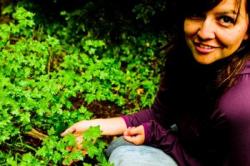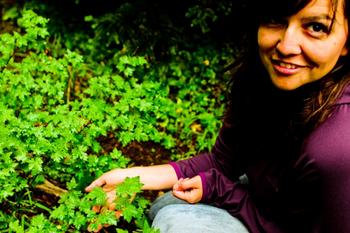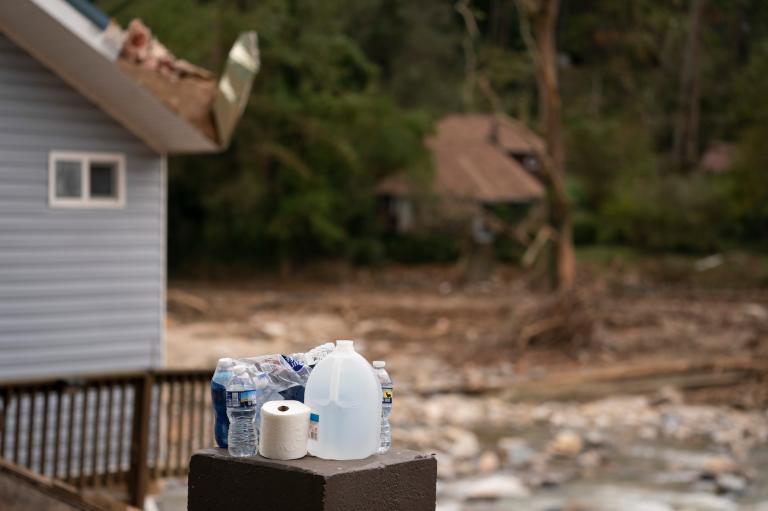
Valerie Segrest.
Valerie Segrest often encounters people who want her to tell them what to eat. Instead, this native foods educator and registered member of Washington state’s Muckleshoot Indian Tribe says she works to “help people see the wealth of knowledge they come from, and use that to make healthier choices.” It’s a doubly empowering way to reconnect with cultural traditions and change food habits at the same time.
When it comes to the diet-related health problems in native communities, Segrest says, “you could take America and put it under a microscope. That’s what’s happening on every reservation.” In other words, diabetes rates are high, and access to healthy food — not to mention traditional foods — can be dicey at best.
The answer, Segrest believes, is a move toward the traditional foodways that have slipped away from “a culture now consuming a diet that is very superimposed.”
Segrest teaches a course at Northwest Indian College called “Honor the Gift of Food,” which approaches healthy eating through eight traditional food principles — ancient concepts that will be familiar to those who have heard them reincarnated as foodie gospel: eat locally and seasonally; eat organic, whole foods; honor the food web/chain; and, my favorite, “cook and eat with good intention”:
Reflect on what you consume, as well as how you consume your meals. Eating is a reminder that we are human … The way we eat is just as important as what we eat. We are frequently eating while on the go and hurrying on to the next task. This takes the pleasure out of eating our food, and it does not allow sufficient time for our body to relax enough to savor and digest, leaving us hungry for more.
Eating with intention also involves rethinking some of the ethnocentric diet mantras drilled into us as Americans — for instance, the idea that fat is anathema to good health. “In the Northwest, traditional Coast Salish families would eat a lot of fat,” Segrest explains. “It makes sense because the landscape here is rich with fish and shellfish.” In her classes, Segrest differentiates between the healthy fats that once made up close to half of Coast Salish people’s daily nutrient intake, and the hydrogenated oils and trans fats prevalent in the “superimposed” diet they consume now.
Segrest’s class explores practical ways to put traditional food principles in a modern context, asking “How do I grocery shop with my ancestors?” For instance, she explains, elk meat could be used in lasagna instead of beef. The camas bulb, a traditional prairie plant and native food staple, is hard to come by now that so many of our prairies have disappeared, but white beans make a good alternative.
Whatever your cultural background, this can be a more effective, and often simpler, approach to healthy eating than trying to parse the complex language of carbs, calories, and nutrition science. Across the board, our ancestors generally ate better than we do, since they lived before the advent of mass-market processed food.
In addition to teaching, Segrest has co-authored a book called Feeding the People, Feeding the Spirit: Revitalizing Northwest Coastal Indian Food Culture, and coordinates the broader Muckleshoot Food Sovereignty Project, which incorporates educational and food-producing gardens, hands-on workshops like a traditional technology series on fishing and hunting, articles in the tribal newspaper, and traditional foods feasts. She is also a Food and Community fellow at the Institute of Agriculture and Trade Policy.
Segrest feels excited about the acceleration of the good food movement, but points out that its focus on small farms and ranches often leaves out native traditions. “We’re hunters and fishers,” she says. “This new food system we’re trying to build — its abundance and its scarcity depend on how we honor the old-world knowledge of this land. If we want to create diverse diets we have to look at what was grown here pre-contact.”
Changing her community’s relationship to food, Segrest says, means practicing “a way of living that presses us to look back.”



